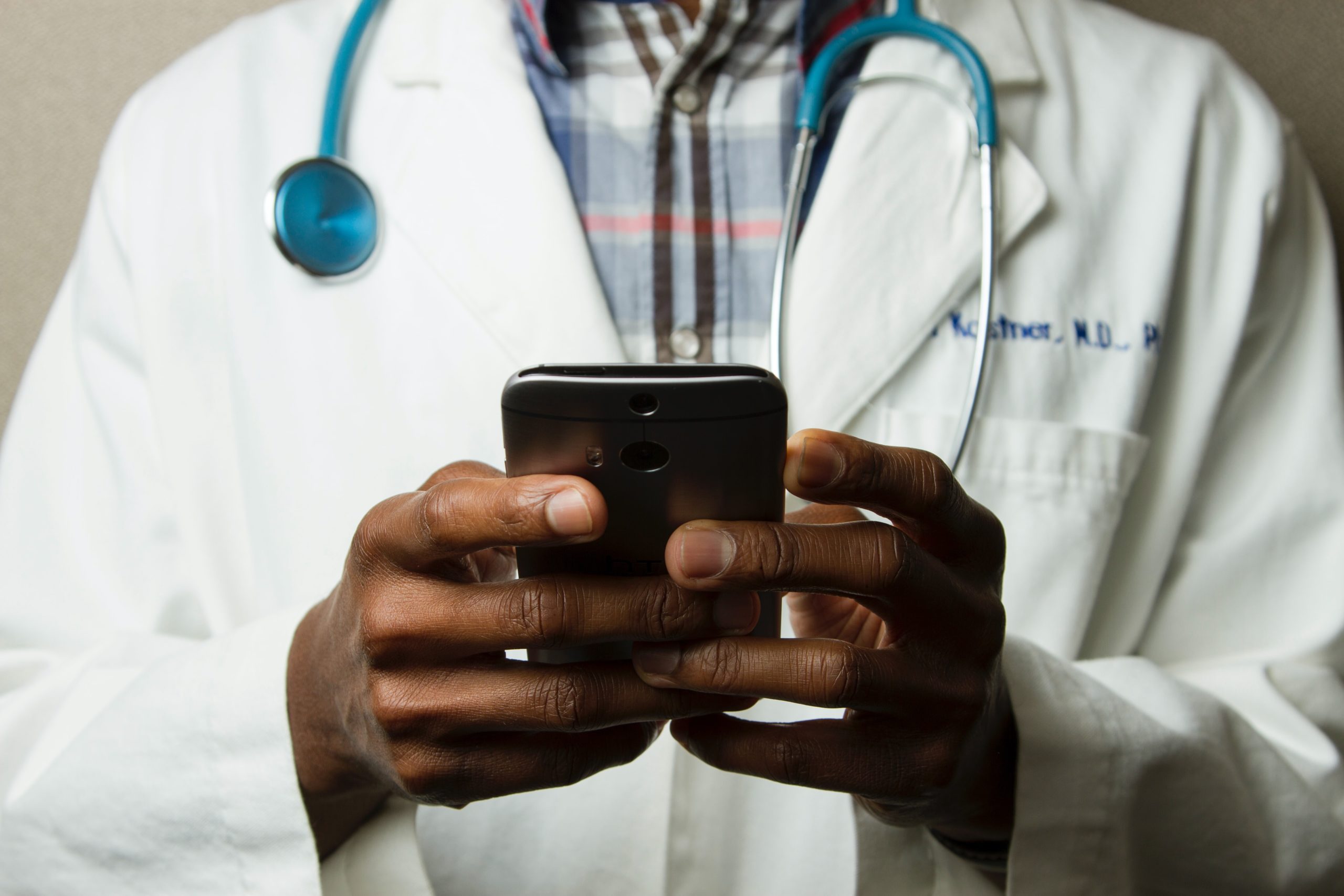Insights
Telehealth Implementation During a Global Pandemic and Beyond.

"There are generations where nothing happens. There are decades where nothing happens. And there are weeks when decades happen."
That’s how Roy Schoenberg, CEO of Amwell, inadvertently borrowing from Lenin, described the lightspeed adoption of telehealth services at the onset of the COVID-19 pandemic.
Healthcare is certainly not the only sector experiencing a rapid digital transformation since mid-March—people are buying cars online, millions of Americans now telework every day, and many schools have become online-only. But as any nurse, doctor, or health insurance professional can tell you, no other industry has had to adapt and innovate as quickly as healthcare.
The adoption of telemedicine is a prime example. From March 1-7 of this year, only 11,000 Medicare beneficiaries used telehealth services. Two months later, from April 19-25, 1.7 million older or disabled Americans used telehealth, an increase of 15,354%. This drastic shift in how Americans access healthcare comes with both a unique set of challenges for providers and an opportunity to positively impact public health for years to come.
While the rapid expansion of telehealth services was inevitable, it was aided and expedited by the public sector. In March, the Trump Administration moved to temporarily amend regulations around telehealth services. Centers for Medicare & Medicaid Services began reimbursing virtual visits at the same level as in-person appointments and increased coverage of audio-only visits. In August, President Trump extended Medicare's broader telehealth coverage by signing an executive order that made two dozen of the new telehealth reimbursement codes permanent. Notably, the proposed rule did not include continuing to reimburse for audio-only visits.
The benefits of expanded telehealth services during COVID-19 are clear: minimizing in-person visits, especially among vulnerable populations, can help reduce the spread of the virus. But outside the context of a pandemic, broader telemedicine adoption can improve care and health outcomes. Telemedicine can reduce hospitalizations, improve mental health, help patients better manage diet and nutrition, reduce mortality due to chronic heart failure, and more.
Still, despite the rapid expansion and advantages of telehealth, challenges exist in fully implementing telemedicine services and realizing their potential. In fact, a survey of healthcare executives found that, despite short-term workable fixes, their biggest technological challenge during the pandemic has been telehealth. Here are three of the roadblocks facing healthcare providers in fully adopting telehealth:
Broadband Access in Underserved and Disadvantaged Communities
According to the FCC, some 18 million Americans lack access to high-speed internet. Rural populations and historically disadvantaged communities bear the brunt of this problem. Moreover, 41% of Medicare beneficiaries don’t have access to a computer with internet access.
In the short term, broadband access is a difficult challenge to overcome, particularly as President Trump’s executive order excluded audio-only visits from Medicare reimbursement. Provider organizations should work to develop communications campaigns to reach their patients with information about options for joining telehealth visits on their smartphones or free wifi hotspots in their local area. In the long term, increasing the availability of broadband networks nationwide will be critical to supporting telemedicine. Providers, hospital systems, and other stakeholders must communicate to state and federal policymakers the importance of funding efforts to expand broadband infrastructure.
Fraud Vulnerability
The rapid expansion of telehealth has raised concerns about increased opportunities for billing fraud and abuse. Telemedicine was already vulnerable to fraud—in 2019 the Justice Department charged 35 people in connection with a $2.1 billion telemedicine scheme. Further, the elimination of regulations that paved the way for rapid adoption in recent months has opened more doors to fraud and scammers.
Particularly with older patients who are already more vulnerable to fraud, providers should communicate the signs of a potential telehealth scam and warn patients that they should not provide personal information to strangers over the phone. Creating outreach strategies that include easy-to-understand written materials can help relay this guidance to patients.
Digital Literacy
With the rapid adoption of new technology, there can be a steep learning curve that can exclude those with lower technology literacy, especially older adults. Telehealth has been no exception, and providers have reported that “many patients were struggling to access their telemedicine appointments. Patients may have difficulty navigating their devices and entering the health care system virtually.”
Critical to overcoming digital literacy challenges are education efforts among older Americans and others with lower levels of technology literacy. Providers can create standardized outreach materials that give patients step-by-step instructions on how to access their telehealth tools. Moreover, as a fear of making mistakes has been identified as a roadblock to technology use, communications and outreach should be designed to assuage these concerns.
The broad adoption of telemedicine will last beyond the confines of the COVID-19 pandemic and will have a marked impact on health care. However, like all changes accelerated by the pandemic, there are still significant roadblocks to overcome.